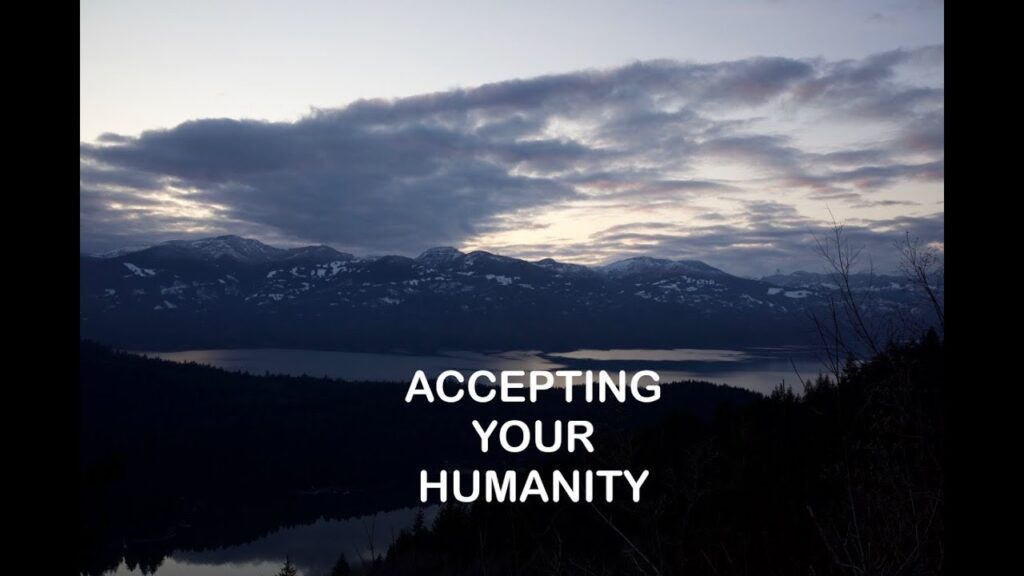EQUANIMITY – 11th Stage of Insights

Finally past THE DARK NIGHT stages
Finally,
we really begin to understand and surrender to the truth of things.
We begin to accept, at a deep level, the truth of our actual human lives
as they are.
All the “stuff” that the Dark Night may have brought up may still be going on,
but somehow it has lost its ability to cause real trouble.
Equanimity is much more about something in the relationship
to and among phenomena than anything specific about
the phenomena themselves.

It involves a real, down-to-earth, honest humanity,
a real acceptance of ourselves just as we are.
Another key is to be real with yourself
and keep up a gentle investigation of the three characteristics
while you are being that honest in a broad and inclusive way
that remembers something called “space”.
Remember that space is just fine.
In Equanimity, there is a settling in,
a rediscovery of what we seemingly always knew but temporarily forgot.
~~~
Gently investigate the qualities of this stage, such as
peace, ease, and a panoramic perspective.
To summarize so far into these Insights:
The first vipassana jhana
(Mind and Body, Cause and Effect, Three Characteristics)
is about building up the basic skills of identifying what a physical sensation is,
what a mental sensation is, how they are related,
and what the three characteristics feel like in practice:
of impermanence, unsatisfactoriness, and no-self.
The Arising and Passing Away (second vipassana jhana)
is about seeing these very clearly and profoundly for the object of meditation
and its naturalness of presentation.
The Dark Night (third vipassana jhana)
is about these insights coming around to the background
and seeing more complex emotional and psychological constructs
of mental and physical sensations as they are.
The fourth vipassana jhana, meaning this stage of Equanimity,
is about seeing the true nature of even more
integrated, inclusive, subtle, and fundamental things such as
space, awareness, investigation, wonder, expectation, analysis, knowing, wanting,
anticipation, peace, ease, questioning, subtle fear, subtle doubt, etc.,
in honest, complete ways that cut through the center
and include the background and foreground as well.
~~~
I think of “core processes”
as those aspects of experience that most deeply form the basis of
the illusory sense of a “me” or “this” side of an investigator, a meditator,
a continuous being, something that could be there to make progress, acquire,
or attain something.
Seeing those at a sensate level is the opportunity presented in Equanimity,
and a remarkable opportunity it is for those who know what to do with it.
~~~
Equanimity is more inclusive, almost like
the graceful interpretative dance of attention and space creation itself.
Experience phenomena arise and vanish on their own, where they are,
as they are, with no effort at all required to perceive them,
as they contain the perception as a part of their being sensations:
that is good practice advice in Equanimity.

As Equanimity progresses ,
it may feel like reality is trying to synchronize with itself , or that
subject and object are trying to synchronize with themselves ,
catch up with each other , and align , or that this
side is trying to synchronize with all of space —
and that feeling is basically correct .
Gently investigate this feeling and any subtle, fluxing tensions in it
as lightly as possible, leaving plenty of space for it to do its
wide, flowing, easy, natural thing.
Around this very mature part of Equanimity
the feeling that we are not really here can arise,
or that somehow we are completely out of phase with reality.
Conducting our ordinary business may be difficult in this phase
if we are out in the world rather than on the cushion.
When understanding is completely in conformity with the way things are,
this is called …
CONFORMITY
~~~
This song is performed in the ‘Dark Side’ of Hawaiian slack key of D Wahine.
View on YouTube with inspiring Hawaiian Sailing Photos
From my
SeaPasana
The Progress of Insight
Inspired by Daniel Ingram’s book Mastering the Core Teachings of the Buddha,
With this section “The progress of Insight”
Inspired by Mahasi Sayadaw